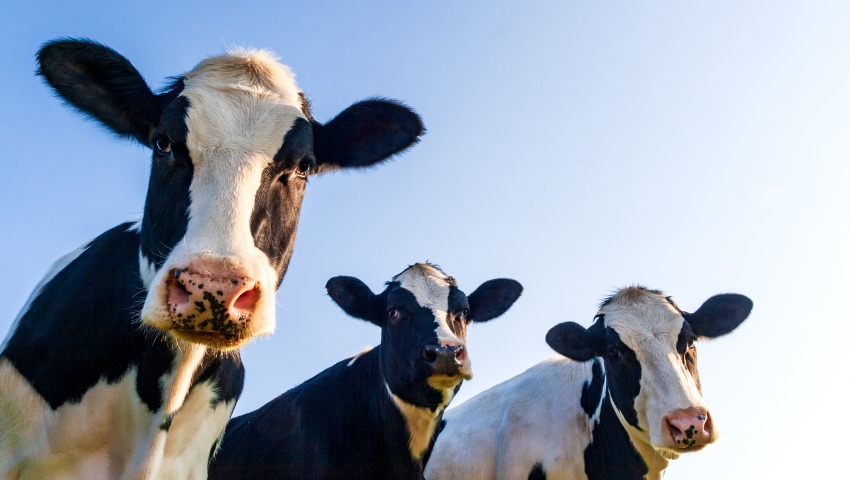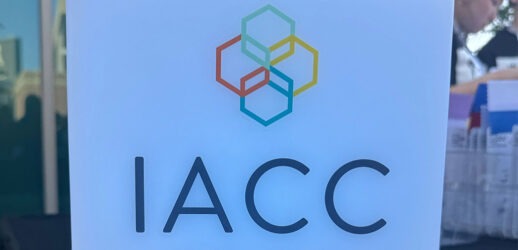Don’t blame the cows
Have your Beyond Meat burger for lunch today? Feels good, doesn’t it, knowing you’re part of the solution, not the problem—because we all know eating less dairy and meat is better for you and for the planet. Didn’t the Leonardo DiCaprio-backed documentary Cowspiracy tell us animal agriculture is responsible for an astounding 51 percent of greenhouse gas emissions?
Whoa, maybe we should hit the pause button on that stampede.
The filmmakers of Cowspiracy now say the percentage is really 18 percent. According to U.S. Environmental Protection Agency, the real number is between 2–3 percent, and that’s for all grazing animals (cattle, sheep, goats, bison and yaks).
See also: How the Hospitality Industry Supports Green Meetings
Nicolette Hahn Niman, a vegetarian and environmental lawyer who wrote Defending Beef: The Case for Sustainable Meat Production, notes that animal rights groups and some environmental groups have claimed that changing your diet by reducing or eliminating beef is the single most important thing you can do to help the climate. “While it is both admirable and valuable for Americans to make wise personal daily choices,” she says, “those decisions have far less impact on the climate than does U.S. [climate] policy.”
Climate leaders, such as Bill McKibben (The Global Warming Reader) and David Wallace-Wells (The Uninhabitable Earth: Life After Warming), echo her view. Wallace-Wells calls personal dietary choices a “drop in the bucket.”
3 Moos for the Planet
In fact, it seems cows can be good for the environment.
“A large body of scientific evidence shows that grazing, including by cattle, enhances biodiversity, from soil micro-organisms to megafauna,” Niman says. “Grazing animals’ hooves help press seeds into the soil; their mouths clip vegetation, stimulating plant growth and helping later-sprouting species of plants to germinate; and their manure and urine provide nutrients, moisture and organic matter that help soil biology.” Studies show that when livestock grazing is curtailed, other plant and animal species frequently disappear.
A shocking recent article in The New York Times reported that the number of birds in the United States and Canada has plummeted by almost a third over the past half-century. That adds up to 2.9 billion fewer birds in our skies. Niman says work by Audubon Society and others has shown that well-managed ranches are essential partners in stemming the decline of bird populations.
“Grassland birds are among the most rapidly disappearing of all types of wildlife, largely because of losses of farming and ranching land, and conversion of grazing areas to croplands,” she says.
Well-managed grazing livestock can also help to reduce carbon dioxide (CO2) emissions into the atmosphere—by not digging up the land, as farmers and developers do, a process known as carbon sequestration. The implications are huge. “If managed grazing could be amped up worldwide, it could sequester over 16 gigatons of carbon by 2050,” according to Project Drawdown, a group of international scientists focused on climate research.
OK, you might be thinking, what about cow gas? Burps and the other kind, which expel methane into the air. Methane is 20 times more harmful to the Earth’s atmosphere than CO2. In this, too, the cows might not be the biggest villains. “While the cattle industry is repeatedly accused of being the main culprit for increased global methane emissions,” Andrew Gunther, an organic pioneer, writes on medium.com, “a new study shows that the fertilizer industry is the root cause.”
‘Dead Zones’ and Suffocating Smog
Chemical fertilizer is the primary enabler of most farming—nonorganic farming, that is. Yet a May report by researchers from Cornell University and Environmental Defense Fund says that methane emissions from the U.S. industrial fertilizer industry has been vastly underestimated. In fact, it may be more than the Environmental Protection Agency estimates for all industries across the U.S.
In addition, runoff of chemical fertilizer from our farms “is poisoning the planet’s waterways, creating a crisis some consider even more threatening than the buildup of carbon dioxide in the atmosphere,” writes Nathanael Johnson on Grist.com. Fertilizers washed away from croplands create algal blooms and “dead zones” in rivers, lakes and bays.
“In the dead zone at the mouth of the Mississippi River, an estimated 235,000 tons of fish and other sea creatures perish each year,” Johnson says.
Other disastrous environmental effects of industrial fertilizer include poisoned drinking water, suffocating smog and a greenhouse gas 300 times as potent as CO2.
Johnson points to a potential solution. Several startups are competing to be first to market with technology to fix nitrogen—the primary component of fertilizers—using nonpolluting bacteria. One of these, Pivot Bio, received venture funding from Bill Gates, Jeff Bezos, Michael Bloomberg and Richard Branson.
In other words, Mother Nature herself, whether in the form of ruminants or bacteria, may hold the clues to cleaning up, at least partially, our manmade environmental mess.




